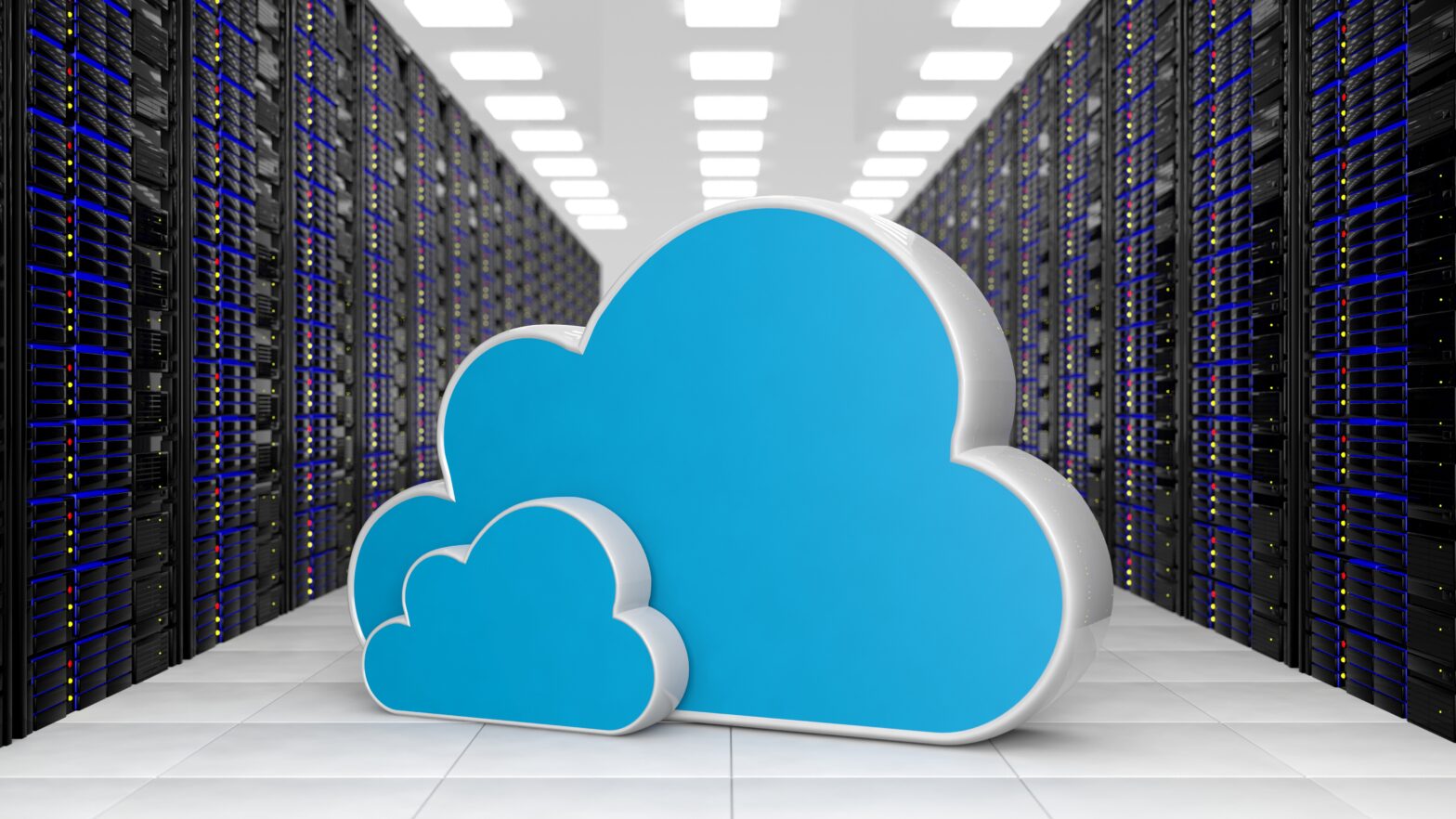The size of the cloud computing market has increased threefold over the past five years, and it is predicted to go beyond $128 billion by 2019.
However, companies should make sure that the expenditures related to the migration to a cloud storage will not eat away the potential economy that this technology entails.
The careful analysis of these expenses will help answer a question that concerns many businesses: “How much does a cloud storage cost?”.
For readers, here is a cloud migration checklist, which advises companies to rest when estimating the cost of moving from traditional on-premises repository.
>See also: Cloud storage is the new battleground in the cloud price war
Usually, it comprises both transparent costs that companies generally expect and hidden ones that may not become evident until contract signing.
For illustration purposes only, we will use the example of Amazon’s cloud storage pricing, as this public cloud provider does not conceal it.
Monthly storage pricing
The price for a cloud storage usually depends on a number of gigabytes that a company requires per month. Some providers, such as these of Amazon S3, Google Cloud and Microsoft Azure, use a sliding-scale approach to price formation, which means offering bigger storage volumes at downward costs. Also, some vendors provide redundant repositories at higher prices as compared with less redundant or archival ones; the latter are charged the least.
Amazon charges the first 50 terabytes at $0.023 per a gigabyte, while successive volumes are quoted cheaper – at $0.022 and $0.021 per GB.
Bandwidth cost
Transferring data out of the storage also entails expenses, while on the average, their moving into it is free. When charging for the bandwidth, many providers apply a sliding-scale pricing. As for AWS, the cost of one gigabyte of data that a company needs to send from within the repository starts with $0.010, while in some cases it is free.
>See also: Enterprise cloud storage: usage and trends
Despite the fact that these numbers seem reasonable if a company needs to send just a few gigabytes a month, transferring large data volumes will cost a bundle.
Transaction charges
Depending on a vendor, various REST-based storage requests, a.k.a. transactions, can also be charged, such as:
• Get
• Delete
• List
• Post
• Others
Amazon S3 is among vendors that include transactions into the cloud storage cost. The company estimates this item starting from $0.004 per 10,000 transactions, but the “delete” request is free. Rackspace Cloud Files, Nirvanix and services alike provide storage requests on a free-of-charge basis.
Cloud gateway
Companies that require native access to their information bear gateway-related costs. Depending on the demands, a company may opt for a provider’s gateway or its own one.
>See also: The year of the cloud: flexible, agile and scalable
Businesses that use a vendor’s gateway, should be ready for the expenses on the equipment and maintenance fees. While companies that choose to integrate their data via their own, specific one should take on the costs of the gateway custom development.
Data retrieval
An important consideration, to which many businesses do not give due regard, is the retrieval or restoration of the corporate data. The transfer of large data volumes requires considerable bandwidth, which is why most vendors provide this service on a paid basis.
On top of all, this process does not come cheap. Depending on a service provider, it may vary from some hundred US dollars to a few thousands of them.
For example, Amazon provides data retrieval at the cost that significantly surpasses ordinary data transfer: at $0.05 per a gigabyte. So, the restoration of 100 terabytes of data will cost $5,000.
>See also: Cloud Storage articles and industry news for senior IT business leaders
Go for an expert assistance
In most of the cases, a cloud storage cost analysis requires domain-specific expertise, otherwise, a company may overlook some small but significant circumstances.
Down the line, they may make up a large sum and will drive up the total cost of the migration. That is why it is best to turn to a reliable service provider,as subject-matter experts will provide a thorough and correct calculation of anticipated costs.
Sourced by Stanislau Belachkin at Sam Solutions







